In This Article
Dreaming of whitewashed houses, crystal-clear waters, and vibrant nightlife? Head to Mykonos! One of Greece’s most iconic Cycladic islands, Mykonos offers a captivating mix of beach parties, luxury resorts, and charming Greek tradition. Whether you're lounging by the Aegean, strolling through Little Venice, or dancing till dawn, Mykonos promises an unforgettable Mediterranean escape.
When I like to visit
The best time to visit Mykonos is in the late spring and early fall (May–June and September–early October). These months offer great weather, warm seas, and fewer crowds. July and August are peak season—bustling, sunny, and ideal for partygoers.
Tips for getting There
- By Air: Mykonos International Airport (JMK) has direct flights from Athens year-round and from major European cities in the summer.
- By Ferry: Regular ferries and high-speed boats run from Athens’ ports (Piraeus and Rafina) and nearby islands like Santorini and Paros.
- By Cruise: Mykonos is a popular cruise port with ships docking near the Old Port or the new Tourlos port.
Where I like to stay
- Cavo Tagoo Mykonos – Luxurious cliffside hotel with infinity pools and Instagram-worthy views, near Mykonos Town.
- Myconian Ambassador Relais & Châteaux – Chic, elegant hotel above Platis Gialos Beach with fine dining and spa.
- Hotel Carbonaki – Cozy and affordable boutique stay in the heart of Mykonos Town, walkable to nightlife and attractions.
Top Attractions
1. Spot the Iconic Petros the Pelican Along the Waterfront
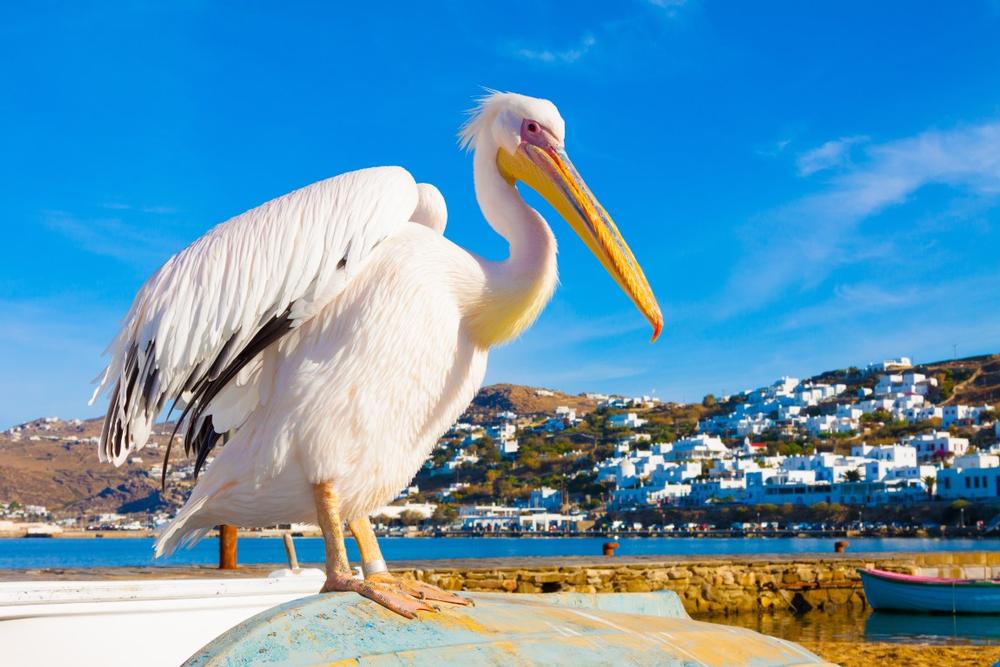
© korpithas/stock.adobe.com
Petros the Pelican is a local legend and beloved mascot of the island of Mykonos.
Rescued and adopted by a Myconian fisherman in 1958, the pelican fast became a stalwart of the local community, joining local fishermen as they sat at local cafés and wandering around the fishing harbor getting fishy treats from everyone. The docile bird became a living mascot and was drawn, painted, and sketched by local artists, and made his way onto souvenirs and hotel and restaurant brands. The happy pelican died in 1985 and is remembered by the many pelicans that now call the island home.
Petros the Pelican, Mykonos Town, 846 00, Greece
2. Capture Picture-Perfect Views in Little Venice (Alefkandra)
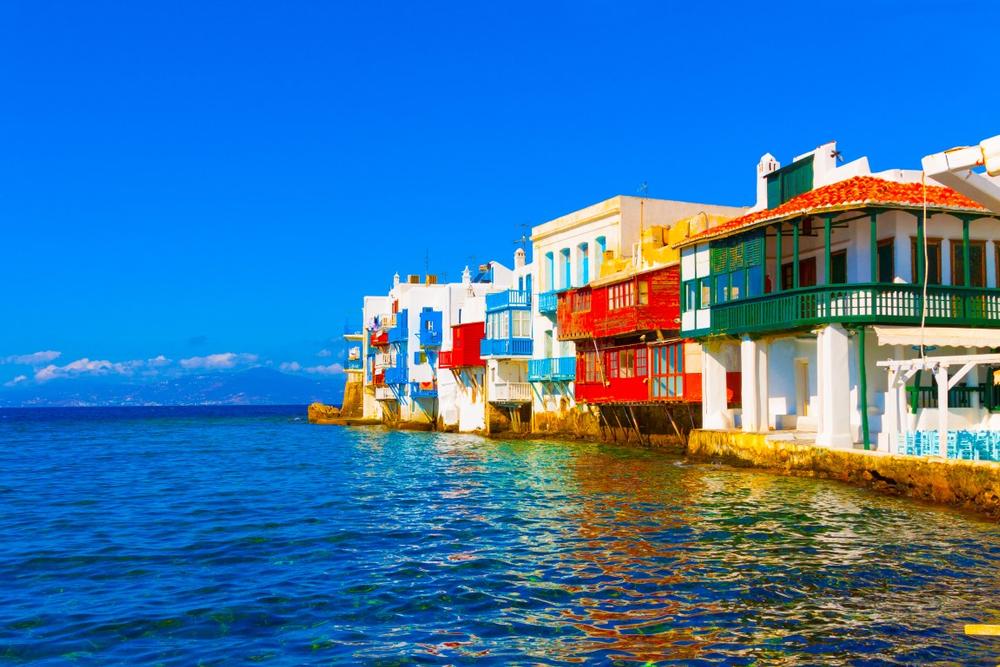
© korpithas/stock.adobe.com
Little Venice (Alefkandra) is a beautifully scenic area on the island of Mykonos with whitewashed buildings constructed amongst the sea rocks that seem to dangle over the edge of the island right above the sea.
Dating back to the 16th century, this area of the island gives visitors an idea of life on the island before it became a popular tourist destination.
Marble-paved, car-free alleyways wind between the houses and quaint seaside taverns with wooden bay window boxes and little balconies serve ocean-fresh seafood and other Greek delicacies. Little Venice (Alefkandra) has some of the best sunsets on the island.
Little Venice (Alefkandra), Mykonos, Greece
If you are traveling with kids:
3. Marvel at the Historic Mykonos Windmills

© Lucian Bolca/stock.adobe.com
The island of Mykonos is synonymous with its windmills, which stand on a hill above Mykonos Town against a backdrop of turquoise sky (video). The seven iconic windmills are set on a small cape and are the first sight that is seen when pulling into the harbor, standing as an epochal symbol for the island.
Built by the Venetians in the 16th century to mill wheat, the mills were constructed close to the harbor to make offloading grain into the ships easier and are oriented to the north to catch the prevailing wind.
Harkening back to an era when wind power was used to grind grain, the windmills have a traditional round shape, whitewashed walls, small windows to keep the interiors cool, and pointed roofs. One of the windmills has been transformed into a museum that documents the history of the windmills and the role they played on the island.
Mykonos Windmills, 846 00, Greece
4. Step Inside Traditional Life at Lena’s House Folk Museum
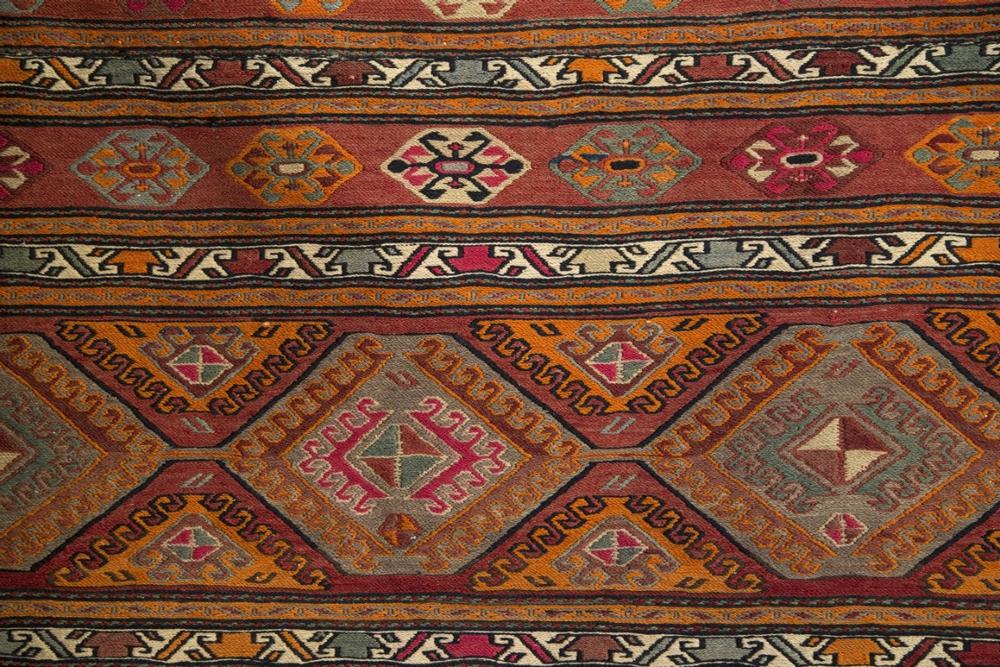
© images and videos/stock.adobe.com
Based in a traditional, historic Mykonian home dating back to the 19th century, Lena’s House Folk Museum is a quaint house museum dedicated to life on the island in the 1900s.
Located in the Tria Pigadia in the center of Mykonos Town, the museum is named after the last owner of the house, Lena Skrivanou, and features two bedrooms, spacious drawing rooms, pretty courtyards, and a dovecote. The house museum is decorated with rich antique furnishings, ornate mirrors and woodcarvings, beautiful tapestries, and splendid prints in large frames.
Lena’s House Folk Museum, Enoplon Dinameon, Mykonos 846 00, Greece, Phone: +30-22-89-02-23-90
5. Explore Local Heritage at the Folklore Museum of Mykonos
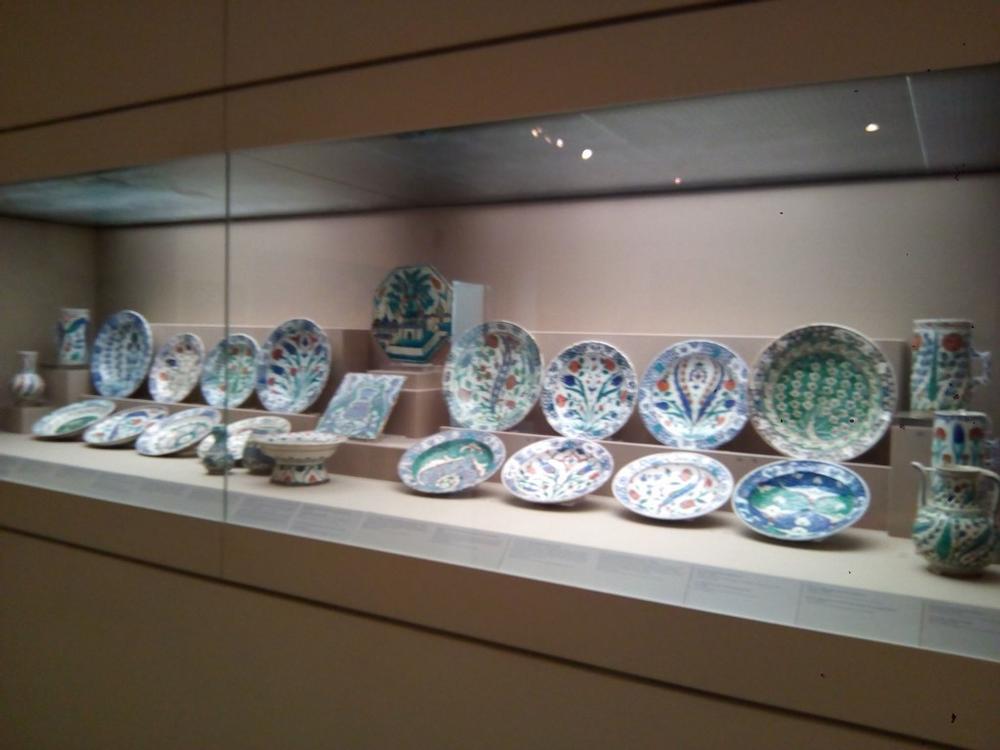
© The Folklore Museum of Mykonos
The Folklore Museum of Mykonosshowcases a collection of 19th-century antiquities, ranging from furniture and mode ships to paintings and sculptures.
Established in 1958 by Professor Vasilios Kyriazopoulos, the museum is situated in the Kastro neighborhood of Mykonos Town, close to Paraportiani, and houses a fascinating collection of objects like ancient tools, traditional musical instruments, hand-embroidered clothing and tapestries, vintage furniture, ceramics and potteries, historical photographs, and maritime equipment. The Folklore Museum of Mykonos also has an impressive collection of paintings by local and international artists.
The Folklore Museum of Mykonos , 846 00, Greece, Phone: +30-22-89-02-25-91
Activities and Attractions for Couples:
6. Visit the Tranquil Monastery of Paleokastro
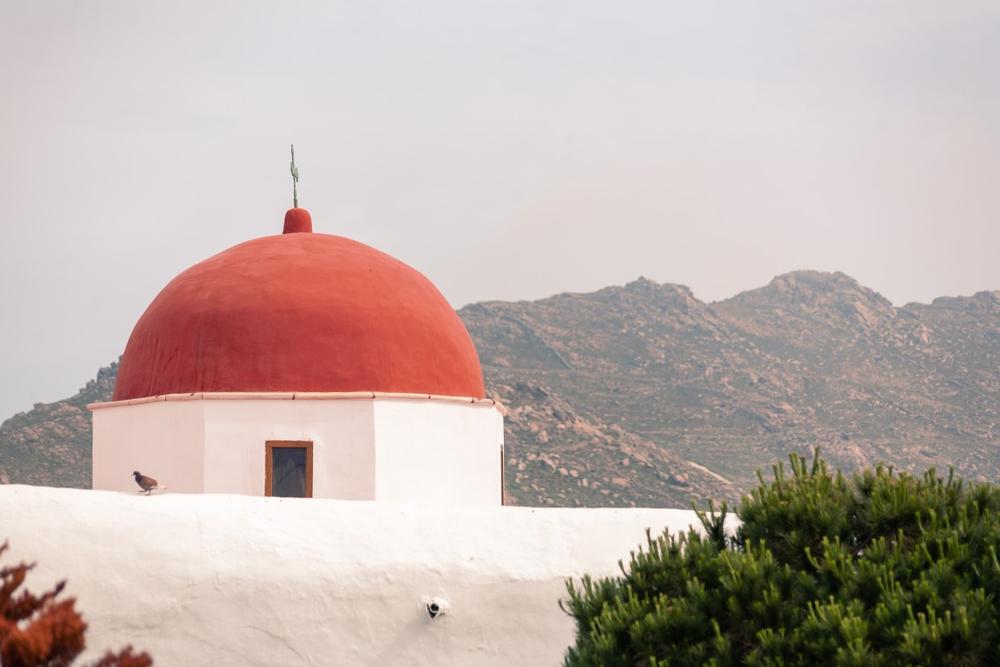
© viii/stock.adobe.com
Set high on a hill close to the village of Ano Mera, The Monastery of Paleokastro is an 18th-century nunnery with traditional Cycladic architecture, a magnificent altar, and several handmade religious icons.
Named after the remains of the nearby medieval Gizi Castle, Paleokastro (meaning ‘old castle in Greek) is near to a quaint church dedicated to Saint Vlasis and a prehistoric tomb with an ancient menhir that rises ten feet above sea level.
The Monastery of Paleokastro, Ano Mera, Mykonos, Cyclades, Greece, 84600
7. Uncover Ancient Artifacts at the Archaeological Museum of Mykonos
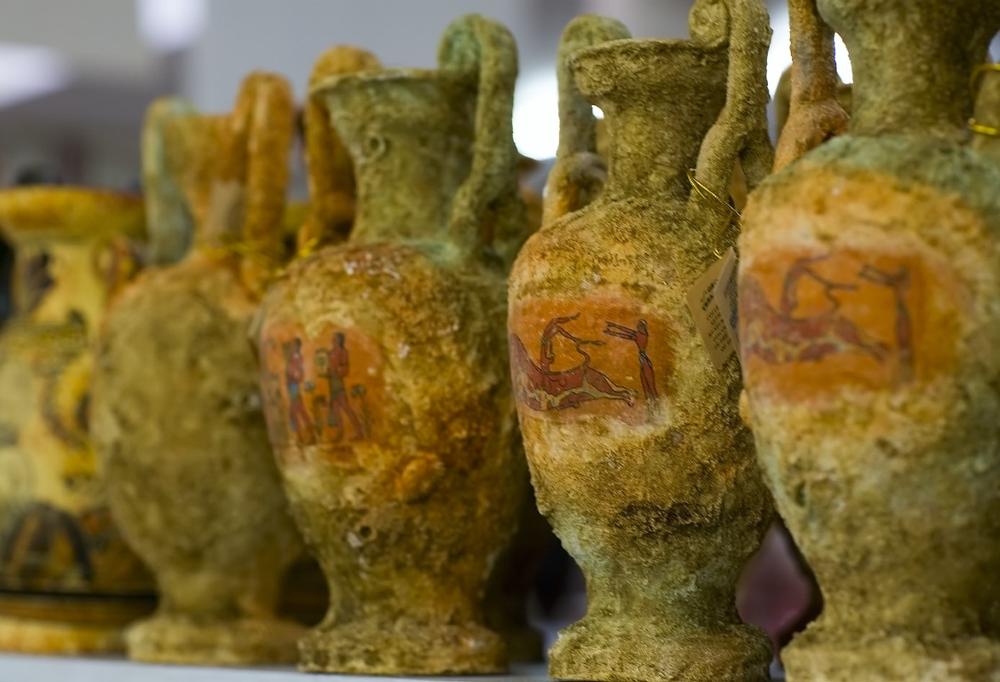
© 4Vetra/stock.adobe.com
The Archaeological Museum of Mykonos
is a quaint archaeological and educational museum in the heart of Mykonos Town dedicated to the history of the island from the Prehistoric to the Hellenistic period in the 1st century BC.
Established in 1902, the museum has an interesting collection with several signature pieces, including a pithos (jar) with carving depicting the capture of Troy from the 7th century BC, ancient Cycladic patterned pottery dating back to 2800 BC, and a statue of Heracles wielding a club in high-quality Parian marble from the 2nd century BC. The building in which the museum is housed was designed renowned architect, Alexandros Lykakis, and is an architectural treasure.
Archaeological Museum of Mykonos, 846 00, Greece, Phone: +30-22-89-02-23-25
8. Dive Into Nautical History at the Aegean Maritime Museum
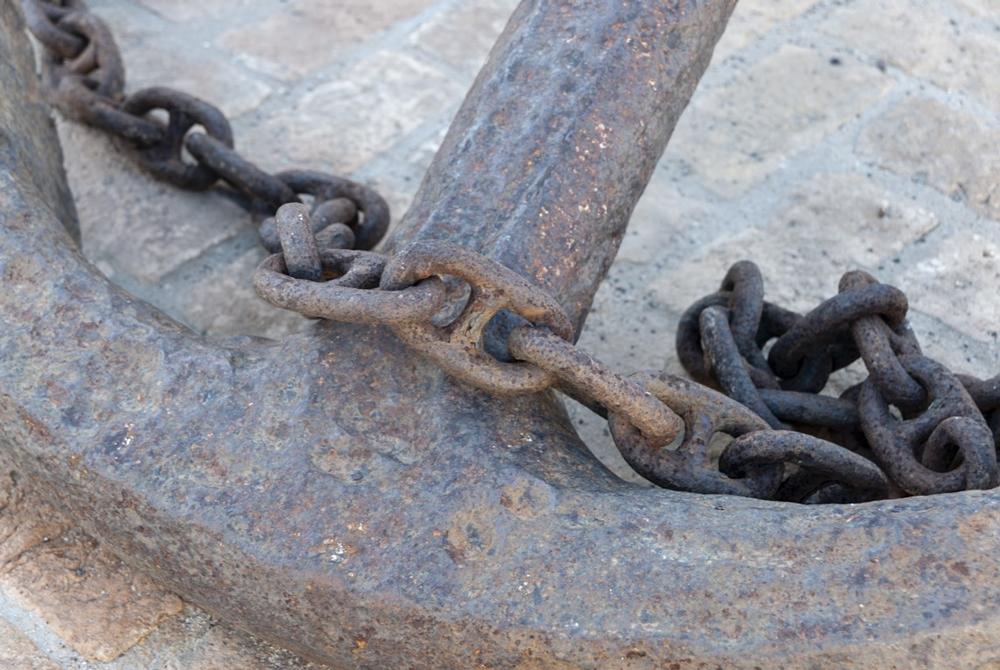
© jechm/stock.adobe.com
Based in a historic 19th century Mykonian building in the Tria Pigadia, the Aegean Maritime Museumis a maritime museum dedicated to the preservation of Greek maritime history and the merchant-ship history of the Aegean Sea.
Founded in 1983, the museum has displays of ancient maritime artifacts such as models of ships from the pre-Minoan period, rare engravings, navigational instruments, maps, and rare coins. The museum also houses fondly restored structures such as the Armenistis Lighthouse (1890) which stands in the museum’s lovely gardens, alongside ancient marble gravestones of sailors lost at sea.
Aegean Maritime Museum, Enoplon Dinameon 10, Mikonos 846 00, Greece, Phone: +30-22-89-02-27-00
9. Admire Classic Architecture at the Town Hall of Mykonos
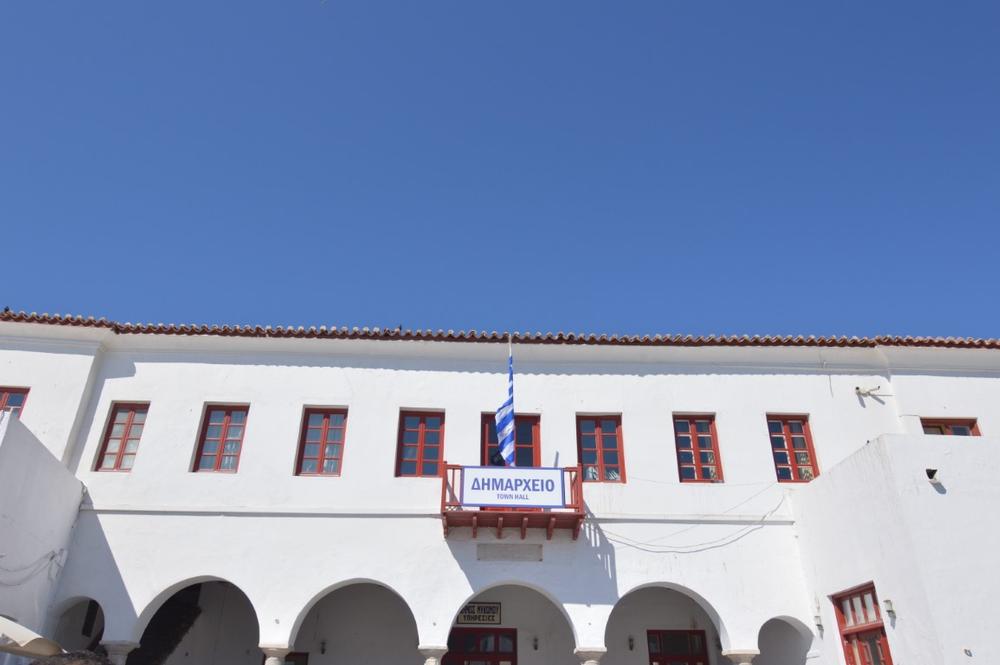
© Raul H/stock.adobe.com
The Town Hall of Mykonos is an elegant, two-storied building that was built in 1785 as the residence of Russian Count Ivan Voinovich during the Russo-Turkish War.
The hall is a beautiful example of local 18th-century architecture of the period with elegant design features such as arches and a small wooden balcony on the façade. Today, the building houses the offices of Municipality of Mykonos and features six well-stocked libraries with an impressive collection of books, documents, and ancient manuscripts.
The Town Hall of Mykonos, 846 00, Greece, Phone: +30-22-89-02-22-01
10. Dine Beachside with Flavor at Avli tou Thodori

© Avli tou Thodori
Situated on the beautiful Platis Gialos beach with spectacular views of the Aegean Sea, Avli tou Thodori is an award-winning restaurant that serves classic Greek dishes prepared from scratch with fresh, locally sourced ingredients.
Appetizers range from homemade feta cheese wrapped in filo pastry, fava beans, fried zucchini, hummus, and grilled halloumi cheese, while hearty entrées include locally caught fish, calamari, sardines, and grilled octopus, steamed mussels, pork or chicken souvlaki, and grilled Greek lamb. A full-service bar menu offers a variety of libations from local Greek beers, easy-drinking Greek wines, imported spirits, and signature cocktails. Avli tou Thodori is open for lunch and dinner, daily.
Avli tou Thodori, Platis Gialos, Mykonos, Greece, Phone: +30-228-90-7-81-00
Must-see if you are a first-time visitor:
- Windmills of Kato Mili – Iconic Mykonos landmark offering sweeping views of the town and coast.
- Matoyianni Street – If you love shopping, stroll this stylish lane filled with boutiques, art, and cafés.
- Delos Island – Take a boat tour to this UNESCO World Heritage Site and explore ancient ruins of a once-thriving sacred city.
Where I Like to Eat
- M-eating – Upscale Greek cuisine served in a charming garden setting in Mykonos Town.
- Kiki’s Tavern – Hidden gem near Agios Sostis Beach with grilled meats and rustic dishes (no electricity, no reservations).
- Nammos – Chic beach club and restaurant on Psarou Beach, perfect for seafood, champagne, and people-watching.
- Funky Kitchen – Creative Mediterranean fare with fusion flair in a tucked-away spot near town center.
My favorite local events:
- Mykonos Summer Festival (June–August) – Cultural celebration with live music, theatre, and folk performances.
- XLsior Festival (August) – International LGBTQ+ party week with top DJs and beachside events.
- Panagia Tourliani Feast (August 15) – Religious festival in nearby Ano Mera with food, music, and traditional dancing.
- Mykonos Biennale (Every 2 years) – Avant-garde arts festival featuring international filmmakers and visual artists.
My favorite day trips within 30 Minutes to 1 Hour of Mykonos:
- Delos (30 min by boat) – Explore ancient temples, mosaic floors, and sacred ruins on this mythic island birthplace of Apollo.
- Rhenia Island (1 hr by boat) – Enjoy secluded beaches and turquoise coves ideal for private tours and swimming.
- Paros (1 hr by ferry) – Laid-back Cycladic island known for whitewashed towns, beach clubs, and excellent windsurfing.
- Naxos (1 hr by ferry) – Explore the largest Cycladic island, famous for hiking trails, castles, and local cheese.
- Tinos (20–30 min by ferry) – Visit stunning villages, spiritual sites, and artisan marble workshops just across the sea.
Plan Your Trip












